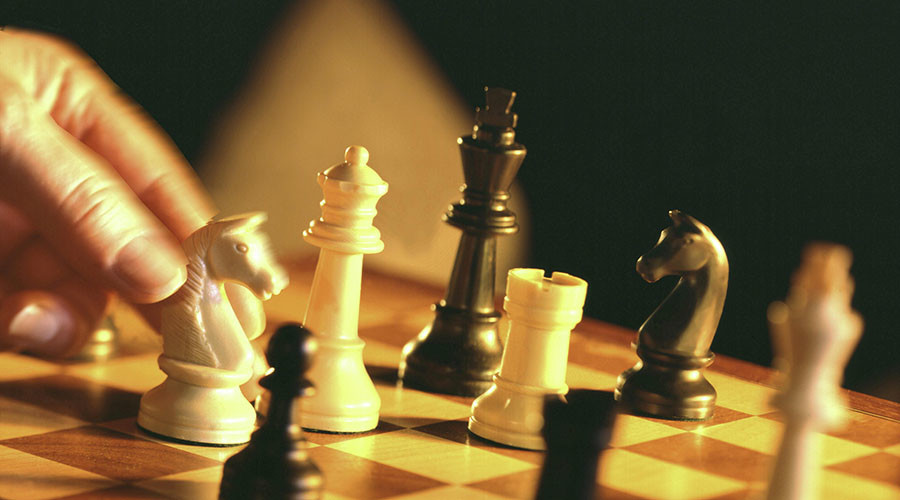Zurich Chess Challenge is a traditional chess tournament taken place in Switzerland. This tournament is considered an “elite” one, in which there are participating grand masters with very high Elo rating. This year, Zurich Chess Tournament is conducted as a memorial of a legendary Soviet and then Swiss chess player – Viktor Korchnoi.
Viktor Korchnoi was a famous chess player, who was considered one of the main challengers for the chess crown. He was participating in the candidate tournaments for multiple times. This fact eventually allowed him twice to challenge the former world champion – Anatoly Karpov, in Bagio, Philippines in 1978 and Merano, Italy in 1981.
This tournament is implemented in a slightly different conditions, in comparison to other tournaments. It is so called “rapid tournament”. During a game each player has time limit to make all his moves, what means that if his time is expired, then he gets an automatic 0. Usually, the time control is about an hour and half for each player, what makes it maximum three hours for a complete game. That’s why this time control is called classic. There are various kinds of time control, but actually they are classified as 3 main ones – classic, rapid and blitz.
Korchnoi Zurich Chess Challenge is conducted in a “rapid” form, by providing 45 minutes for each player. There are various discussions and debates about, which time control is more preferable for the tournaments. However, it is commonly accepted that “rapid” and “blitz” ones are much more appreciated by spectators.
The main reason is, that “rapid” chess vividly emphasizes the aspect of struggle in the game. As the time for the moves is much less than in usual chess, sometimes rapid games proceed in much faster and exciting way. The process of the game becomes more dynamic and hence contributes to more unpredictable and exciting outcomes. It is also an opportunity for viewers to watch players’ behavior within chess game, how they react to loss, after having winning or equal position (what is quite frequent thing in “rapid” chess) what emotions they express right after the game etc.
Secondly, due to reduced time control, spectators might observe 4-5 such games a day during the tournament. Thus, instead of watching one long, sometimes even boring chess game, they have an opportunity to witness several, rapid and interesting games. Moreover, forced to play more quickly, chess players might approach the game in a more spontaneous way, not spending too much time on the opening, what due to its complexity usually appears the most boring part for the audience. This aspect might contribute to much more spectacular and interesting games, full of beautiful combinations and sacrifices, which raises main interest of the audience.
Rapid games serve as a good attraction for casual spectators by raising their interest due to much dynamic and improvised procedure. Moreover, it positively influences chess players, as it allows (or somehow forces them) to play in a much more relaxed and creative manner, as they simply do not have enough time to plan long and complicated strategies emerging from the opening, what exposes their actual preferences and style in a regular chess games. That’s another point that makes chess more attractive for viewers.
